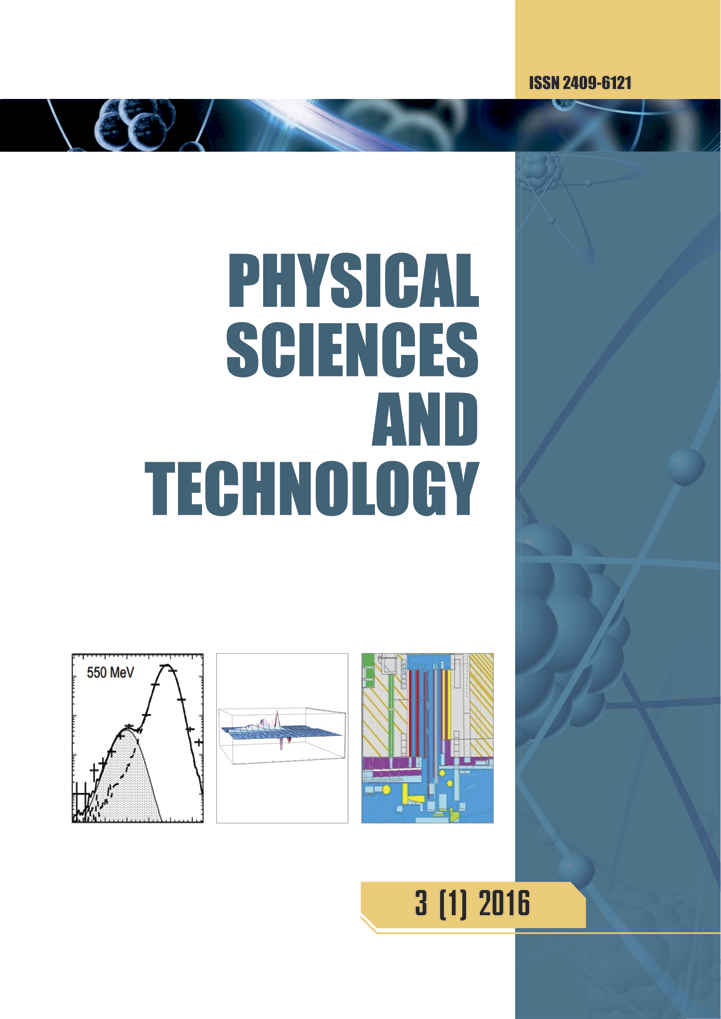The Physical mechanisms of gettering properties of nickel clusters in silicon solar cells
Abstract
This study demonstrates that the concentration of nickel atoms near the surface of solar cells is 2–3 orders of magnitude higher than in the bulk material, significantly enhancing the gettering rate at the surface. Using IR-microscopy, SEM, and SIMS, we found that the surface density of nickel clusters is approximately 106–107 cm–2, with an average cluster diameter of 20–100 nm and a cluster concentration of 1011÷1015 cm–3 Experimental results revealed that nickel clusters on the surface of silicon samples contain a substantial amount of oxygen and recombination impurities (Cu, Fe, Cr), indicating excellent gettering properties. We identified the physical mechanisms underlying the effects of nickel impurity atom diffusion and additional thermal annealing on the state of nickel atoms near the surface and base of the solar cells. Physical models were developed for the structure of nickel atom clusters in silicon and for the gettering process of fastdiffusing impurities by these clusters. The binding energy of fast-diffusing impurity atoms with a nickel cluster was estimated to be approximately 1.39 eV. Calculations indicated that nickel doping can increase the lifetime of minority charge carriers by a factor of 2–4, and experimental results confirmed an increase in the lifetime of minority charge carriers by up to a factor of 2. These findings highlight the potential of nickel doping to enhance the performance and efficiency of silicon-based solar cells, offering a promising avenue for future research and development in photovoltaic technology




